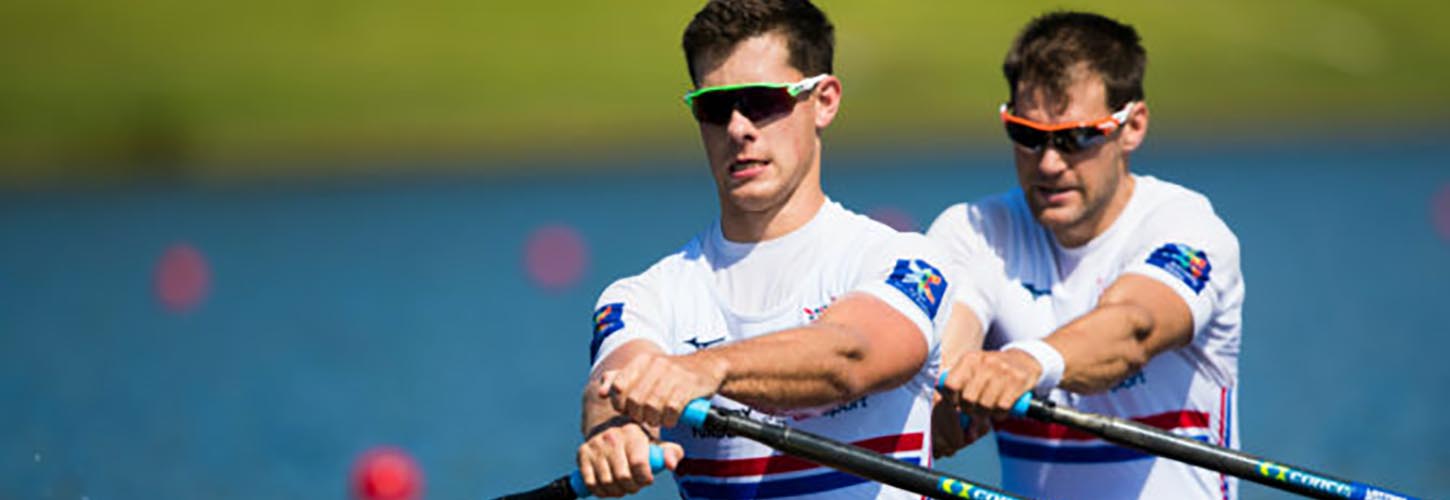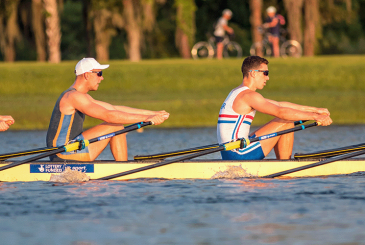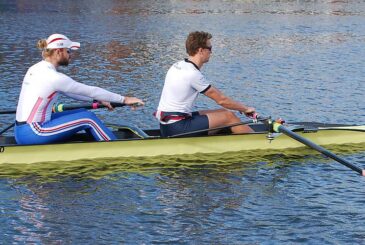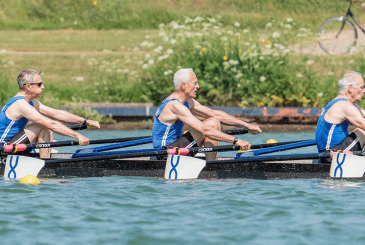Technique-wise, what do all the best rowers have in common? Martin Gough finds out
An age-old rowing argument goes something like this: some of Great Britain’s best rowers are not technically perfect, so why should anyone else be?
A team at Imperial College, London, has been researching rowing technique for almost 20 years but in the run-up to the Beijing Olympics in 2008 they started to look more closely at key performance indicators, asking, ‘What do all the best people have in common?’.
The research challenged traditional measures such as power, length of stroke or split on the rowing machine and looked instead at the timing and sequencing of body segments, postural control and quality of suspension during the rowing stroke.
Helped by conversations with top coaches, the team knew that there was more to successful rowing than lumbar-pelvic positioning. Alison McGregor, professor of musculoskeletal biodynamics at Imperial, explains the findings in simple terms: “If you want to generate high power, it’s important that what you have, you hold from catch to maximum handle force.”
Liz Arnold is a senior physiotherapist at the UK Sports Institute, who leads on the GB Rowing Team women’s and lightweight squads and works with athletes in testing in the biodynamics laboratory at Imperial.
She explains: “If you were looking at Sir Steve Redgrave, he doesn’t have bolt-upright [rowing] posture but he did collect the boat and the joints in his back didn’t change.
“That’s what a lot of the top guys can do; they’re strong enough so that they can pick up a load and hold the shape in their back without compromising.
“If your lumbar spine posture changes between catch and maximum handle force, that is a higher [injury] risk than someone who goes into the catch with bad posture but maintains it.”
>>> The science behind the perfect 2k test
The instrumented rowing machine in the lab at Charing Cross Hospital can display the point at which maximum handle force is being applied during the stroke along with a mountain of other data.
Those who look at power curves on rowing machines will know that it comes usually about a quarter of the way through the drive phase, although it varies depending on the individual.
Because a boat slows down during the recovery phase, it will of course be heavier at the beginning of the stroke. It follows that athletes should use their strongest muscles – contained within the legs – at the heaviest point in the stroke, so posture needs to allow that.
The findings of the research do not suggest that the angle between the thigh and hip needs to stay the same but the key is that the lumbar-pelvic ratio – the difference in angle between lower back and pelvis – stays as close as possible.
As the second article in this series found, an inability to get into a good catch position is likely to be down to poor flexibility. A change in posture during the drive, though, is likely to be caused either by muscle weakness or imbalance in the trunk or because of learned technique.
With good posture through the drive, says Arnold: “Your ability to use your stronger muscles to create force will be greater. If your spine is moving, you’re losing energy so you’re less efficient.
“In a normal healthy body you would want good movement in all sections of the spine but when you get in a rowing boat you are looking for a rigid lever – one joint rather than lots of little joints.
“You want the back to be a rigid lever; you don’t want a snake movement through the spine.”
>>> How music helps GB rowers through their indoor sessions
Earlier research at Imperial showed some worrying results when comparing elite rowers to college football and rugby players, as well as the individual in the street.
Professor McGregor says: “We found that the rowers were stronger but the magnitude was not as great as we expected and the strength endurance was no greater, which in an endurance sport was really surprising.
“We needed more back endurance and more gluteal work. This linked with the fashion for core stability but it wasn’t just about doing small movements on a Swiss ball – we needed much more than that.”
Technique still plays a part, though. Arnold says: “Some of the most flexible athletes don’t rock over, because of habit.
“Part of my job is working with the athlete and the coach to problem-solve. If I can prove they are strong enough to do it correctly then we know it’s more of a technical problem.”
Improve your technique on the rowing machine by reading our easy-to-follow guide. Click here to find out more.
This article first featured in Rowing & Regatta magazine in December 2016.
Photo credit: Naomi Baker.










